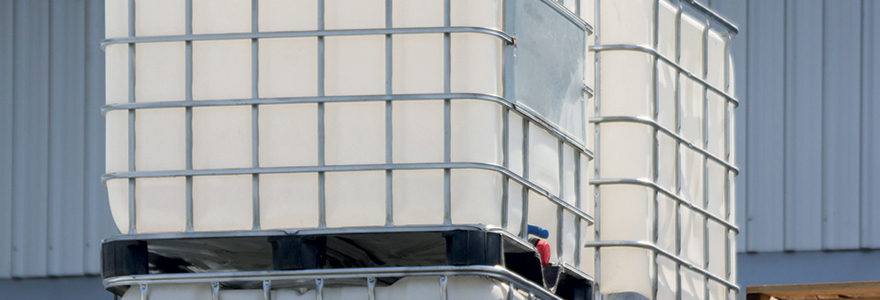The benefits of ibc container have led to their production in large quantities but its management has even become more and more challenging therefore all the different players in the industry have to ensure a proper monitoring solution for iBC container management not only in its stock supply but also for optimum measuring and monitoring of the fill levels of the tanks. This efficiency is a clear manifestation of the benefits of supply chain management and ensures that every process in the shipping procedure saves the costs for both the shipper and the customer. The early models for the shipping containers were made from dense materials such as wooden barrels or metal drums, hence inefficient in the shipping industry. Moreover, the initial designs were round-shaped, making them not stacking well and wasted a lot of space. The ibc container have several unique features which include: They are generally cubic in shape making them efficient in stacking and transporting. They must be fitted with pallet pieces or loops that allow them to be transferred easily by a pallet jack of a forklift. They must fall within a specified range in terms of sizes and storage capacity.
Cost and Stock Management
Shipping materials can be a significant expense for bulk shipping business, therefore the cost savings that IBCs provide make a huge difference. The huge volumes make them convenient for shipping large amounts of goods at once, which enables cost management possible. The advantage of shipping a large volume of liquids that will require the end-user to portion them out in smaller quantities enables the economy of scale hence more profitable for both the shipper and the customer. Managing the stock level of the IBCs has become mandatory for companies especially when suppliers are responsible for stock levels of off site clients. This avoids the companies from running out of the important stock.
The versatility of IBC Containers
These containers are suitable because of their ease in carrying, handling, and movements. Their designs make them easy to lift and moved by any standard pallet jacket or forklift and can be transferred directly rather than the need to place them on something else. These design can optimize their handling in a warehouse hence creating efficiency and safety on the warehouse work floor.The fact that IBCs are reusable enhances cost-saving, therefore, improving the sustainability of business because the inner compartments of the IBC containers can be washed out and reused. Cleaning methods such as deep cleaning, washes and removes all residue of previous materials shipped and this guarantees safety of materials transported.
Durability and Space Management
IBCs containers are made from strong, sturdy, and featherweight plastic. Its design makes it stand up to all kinds of extreme weather conditions and the wight makes it easier in handling and movement. Because they are watertight, they prevent leaks from potentially harmful materials while in transit and are also considered to be among the best food-safe plastics that are used in everyday storage for example in storage of water and milk products. Because of its shape and size, these containers have optimized the shipping industry. Every single tank packs as much product as possible and the rigid cage allows stackability of the containers. The special types of flexible IBCs enable them to mold to the product therefor saving space when the totes are in complete contact with another.
Production Optimization and Safety Management
With every load of goods transported with IBC units rather than the use of pallets system, few units would be used and this also translates into fewer pallet jack or forklift. The time factor is optimized during the loading and offloading of the products. Also, the rigid IBCs have spouts that enable faster disposal of items inside the totes therefor saving a lot of time in the shipping process. Because of the study materials used in the design, IBCs offer absolute protection to the goods they transport. Additionally, some containers such as the steel tanks IBCs, use the materials from the containment of dangerous chemicals which may injure people during its handling either in the loading or off loading process. Other designs offer protection from fire as warehouses are prone to fire outbreaks. These benefits if used adequately would facilitate wastage of key resources in shipping business.
